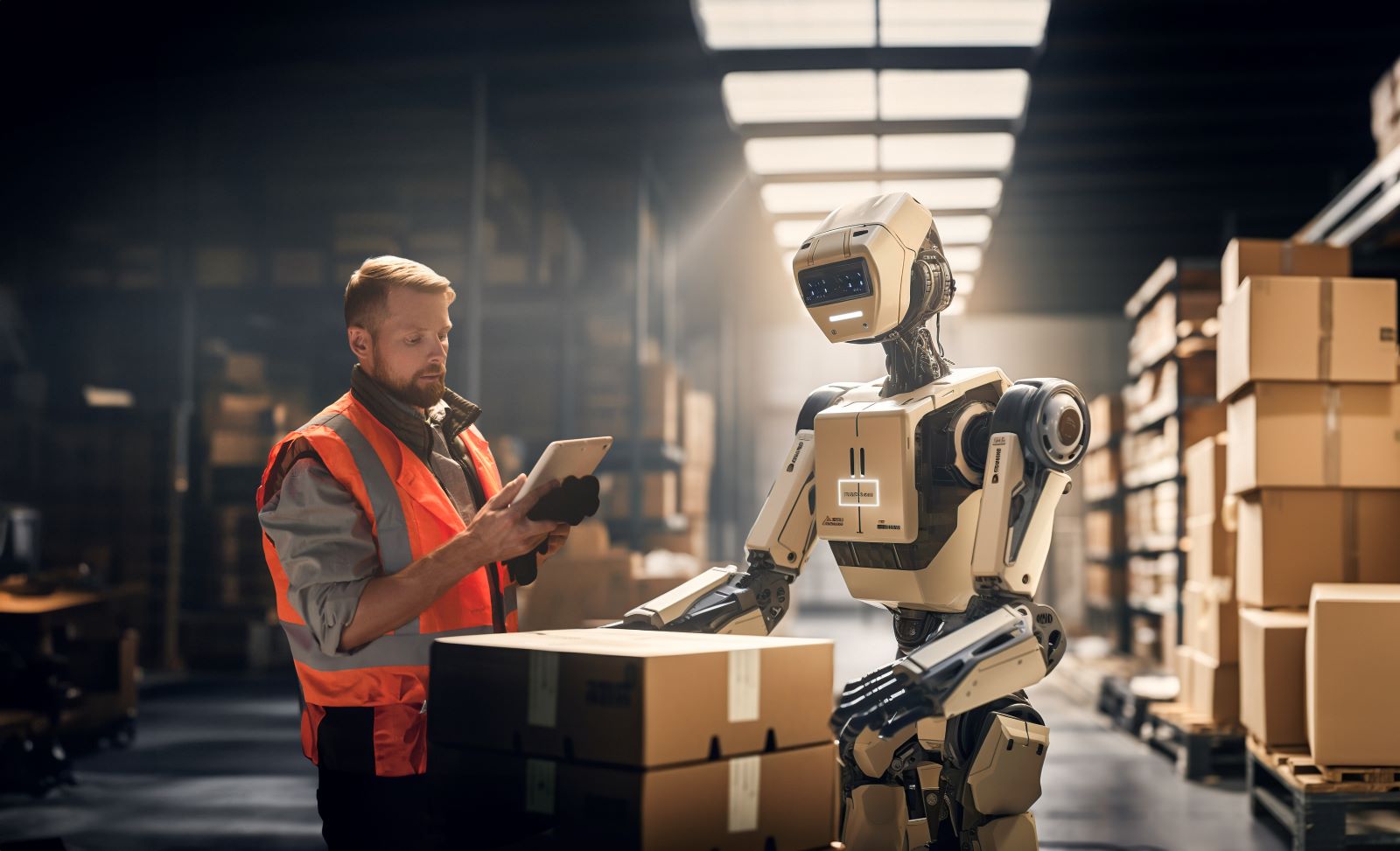The Future of Robotic Process Automation (RPA)
In the ever-evolving landscape of technology, Robotic Process Automation (RPA) stands out as a transformative force poised to revolutionize various industries. As organizations increasingly seek to optimize efficiency, reduce costs, and enhance accuracy, the future of RPA looks incredibly promising. This blog post explores the key trends and advancements that are set to shape the future of RPA.
1. Integration with Artificial Intelligence (AI)
The integration of RPA with Artificial Intelligence (AI) is a game-changer. While traditional RPA focuses on automating repetitive and rule-based tasks, combining it with AI enables the automation of more complex processes that require decision-making and learning. AI-powered RPA can understand natural language, recognize patterns, and make informed decisions, thereby extending automation capabilities to a broader range of tasks.
2. Hyperautomation
Hyperautomation is the next step in the evolution of RPA. It involves the use of advanced technologies such as AI, machine learning, and process mining to automate as many business processes as possible. Hyperautomation not only aims to streamline operations but also to create a more intelligent and adaptable automation ecosystem. This holistic approach allows organizations to achieve end-to-end automation, driving unprecedented levels of efficiency and productivity.
3. Cloud-Based RPA Solutions
The shift towards cloud computing is undeniable, and RPA is no exception. Cloud-based RPA solutions offer numerous advantages, including scalability, flexibility, and reduced infrastructure costs. Organizations can deploy and manage RPA bots from anywhere, facilitating remote work and collaboration. Additionally, cloud-based RPA platforms often come with enhanced security features and regular updates, ensuring that businesses stay ahead of the curve.
4. Enhanced User Experience
As RPA technology matures, the focus on user experience is becoming more pronounced. Low-code and no-code RPA platforms are making it easier for non-technical users to design, deploy, and manage automation solutions. Intuitive interfaces and drag-and-drop functionalities enable business users to automate processes without extensive programming knowledge. This democratization of RPA empowers more employees to contribute to automation initiatives, fostering a culture of innovation.
5. Improved Analytics and Insights
Future RPA solutions are expected to offer advanced analytics and insights capabilities. By leveraging data generated from automated processes, organizations can gain valuable insights into their operations. These insights can be used to identify bottlenecks, optimize workflows, and make data-driven decisions. The ability to monitor and analyze automation performance in real-time ensures continuous improvement and alignment with business goals.
6. Collaboration Between Humans and Bots
The future of RPA envisions a harmonious collaboration between humans and bots. Rather than replacing human workers, RPA is designed to augment their capabilities. By offloading mundane and repetitive tasks to bots, employees can focus on more strategic and creative activities. This collaboration enhances job satisfaction, boosts productivity, and enables businesses to leverage the unique strengths of both humans and machines.
7. Industry-Specific Solutions
As RPA technology advances, there is a growing trend towards industry-specific solutions. Tailored RPA applications can address the unique needs and challenges of different sectors, such as finance, healthcare, manufacturing, and retail. These specialized solutions ensure that automation initiatives are more effective and relevant, driving higher returns on investment for businesses.
8. Ethical and Responsible RPA
With the increasing adoption of RPA, ethical considerations are coming to the forefront. Organizations must ensure that automation is implemented responsibly, with a focus on transparency, fairness, and accountability. Developing ethical guidelines and frameworks for RPA deployment is crucial to mitigate potential risks and ensure that automation benefits all stakeholders.
Conclusion
The future of Robotic Process Automation is bright and full of potential. With advancements in AI, the rise of hyperautomation, and the shift towards cloud-based solutions, RPA is set to become an integral part of modern business operations. By enhancing user experience, providing advanced analytics, and fostering collaboration between humans and bots, RPA will continue to drive innovation and efficiency across industries. As organizations embrace these trends and prioritize ethical considerations, the future of RPA promises to deliver significant value and transform the way we work.


